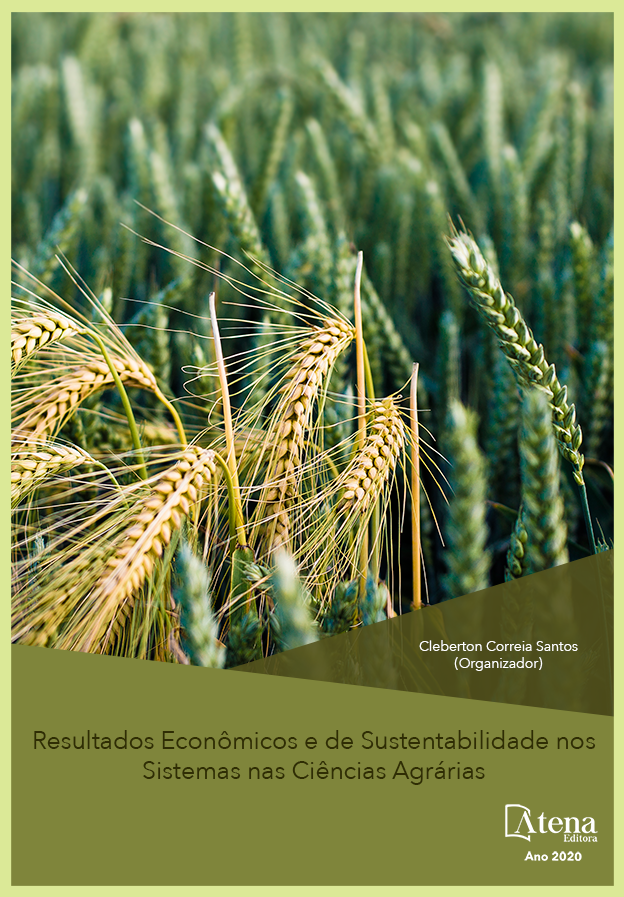
CHEMICAL PROFILES OF POLYPHENOLS IN AQUEOUS INFUSION OF YERBA MATE AND TEA MATE (Ilex paraguariensis) FROM ARGENTINA, BRAZIL AND URUGUAY
A infusão de Ilex paraguariensis (erva mate) é uma bebida popular no Uruguai, Argentina, Brasil e Paraguai. A erva-mate, em sua forma tradicional de consumo, é ingerida por um período prolongado, fazendo sucessivas extrações aquosas (“mateada”). Em algumas regiões, a erva-mate também é consumida como um chá. Existe uma grande diversidade de produtos, cuja contribuição em xantinas e polifenóis para a dieta é difícil de avaliar. O processamento industrial da erva-mate tem grande influência no sabor e no perfil químico dos produtos finais. A estratégia desta pesquisa envolve a determinação do perfil químico dos produtos de erva mate mais consumidos no Uruguai (erva mate estacionada) e de outros produtos consumidos na região, como erva mate em saquinhos de chá de origem argentino e chá mate torrado de origem brasileiro. A análise semiquantitativa dos compostos mais relevantes (cafeína, teobromina e ácidos di-cafeoílquinicos) das infusões foi realizada por cromatografia líquida de alta pressão (UPLC). Os resultados foram interpretados com referência às formas usuais de consumo de cada tipo de produto na região e como esse consumo se traduz em termos de ingestão alimentar dos principais componentes. Os produtos de erva-mate estaciona da têm um perfil qualitativo semelhante e altas quantidades de xantinas e polifenóis nas infusões, enquanto a erva-mate torrada apresenta um perfil diferente.
CHEMICAL PROFILES OF POLYPHENOLS IN AQUEOUS INFUSION OF YERBA MATE AND TEA MATE (Ilex paraguariensis) FROM ARGENTINA, BRAZIL AND URUGUAY
-
DOI: 10.22533/at.ed.99920260815
-
Palavras-chave: Ilex paraguariensis, UPLC-DAD, xantinas, polifenóis
-
Keywords: Ilex paraguariensis, UPLC-DAD, xanthines, polyphenols
-
Abstract:
The infusion of Ilex paraguariensis (yerba mate) is a popular drink in Uruguay, Argentina, Brazil, and Paraguay. Yerba mate, in its traditional form of consumption, is ingested during a prolonged time, making successive aqueous extractions (“mateada”). In some regions, yerba mate is also brewed as a tea. There is a great diversity of products, whose contribution in xhantines and polyphenols to the diet is difficult to assess. The industrial processing of yerba mate has great influence on the flavor and chemical profiles of the final products. The strategy of this research involves determining the chemical profiles of the most commonly consumed yerba mate products in Uruguay (aged yerba mate) and of other products consumed in the region such as yerba mate in teabags of Argentine origin and roasted mate tea of Brazilian origin. The semiquantitative analysis of the most relevant compounds (caffeine, theobromine and dicaffeoylquinic acids) of the infusions was carried out by ultra-high pressure liquid chromatography (UPLC), The results were interpreted in reference to the usual ways of consumption of each type of product in the region, and how this consumption is translated in terms of the dietary intake of the main components. Aged yerba mate products have a similar qualitative profile and high amounts of xanthines and polyphenols in the infusions, whereas roasted yerba mate presents a different profile.
-
Número de páginas: 15
- Victoria Panzl
- David Menchaca
- Cecília Trías
- Alejandra Rodriguez-Haralambides


